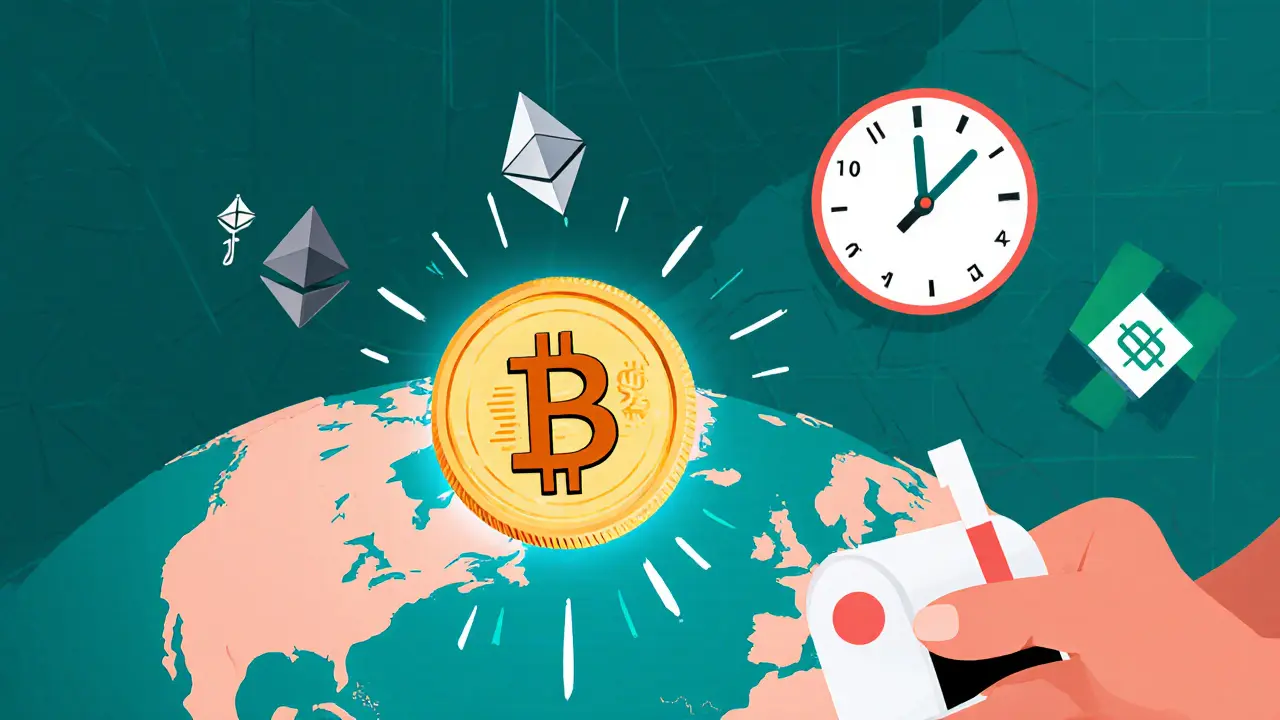Cross-Border Payments: How Crypto Is Changing Global Money Transfers
When you send money across borders, traditional systems like SWIFT can take days, charge high fees, and hide extra costs in exchange rates. But cross-border payments, the transfer of money between people or businesses in different countries. Also known as international money transfers, it's now being rewritten by cryptocurrency, digital money that moves directly between users without banks.
Why does this matter? Because millions of people rely on sending money home to family—like a worker in the U.S. sending cash to relatives in Mexico, or a freelancer in Pakistan getting paid by a client in Germany. In countries with strict banking rules, like Cuba or Pakistan, crypto isn’t just an option—it’s a lifeline. People use Bitcoin, stablecoins, and other tokens to avoid government limits, dodge inflated exchange rates, and get cash in hours instead of weeks. And it’s not just individuals. Small businesses use blockchain, a secure, public ledger that records transactions without a central authority to pay suppliers overseas without waiting for bank approvals. Even DeFi platforms now let users lock up crypto and earn interest while sending it across borders—turning a simple payment into a way to grow savings.
But not all crypto solutions are equal. Some platforms promise fast transfers but vanish overnight. Others hide fees in volatile token prices. That’s why real users look for proven tools—like regulated exchanges in the Netherlands, privacy-focused bridges that protect identities, or stablecoins pegged to the dollar that don’t swing wildly in value. The posts below show you exactly what’s working: how Cubans use Bitcoin daily, how Pakistanis bypass banking bans, how DeFi tools cut remittance costs by 80%, and which crypto projects are just hype with no real use. You’ll see the real-world impact—not theory, not ads, but what people are actually doing to move money smarter.
Cross-border crypto payment alternatives to traditional banking: Faster, cheaper, and how they work in 2025
Cross-border crypto payments using stablecoins now settle in minutes for under 1% in fees, beating traditional banking's 6.4% costs and multi-day delays. Here's how they work in 2025 and who's using them.
Details +